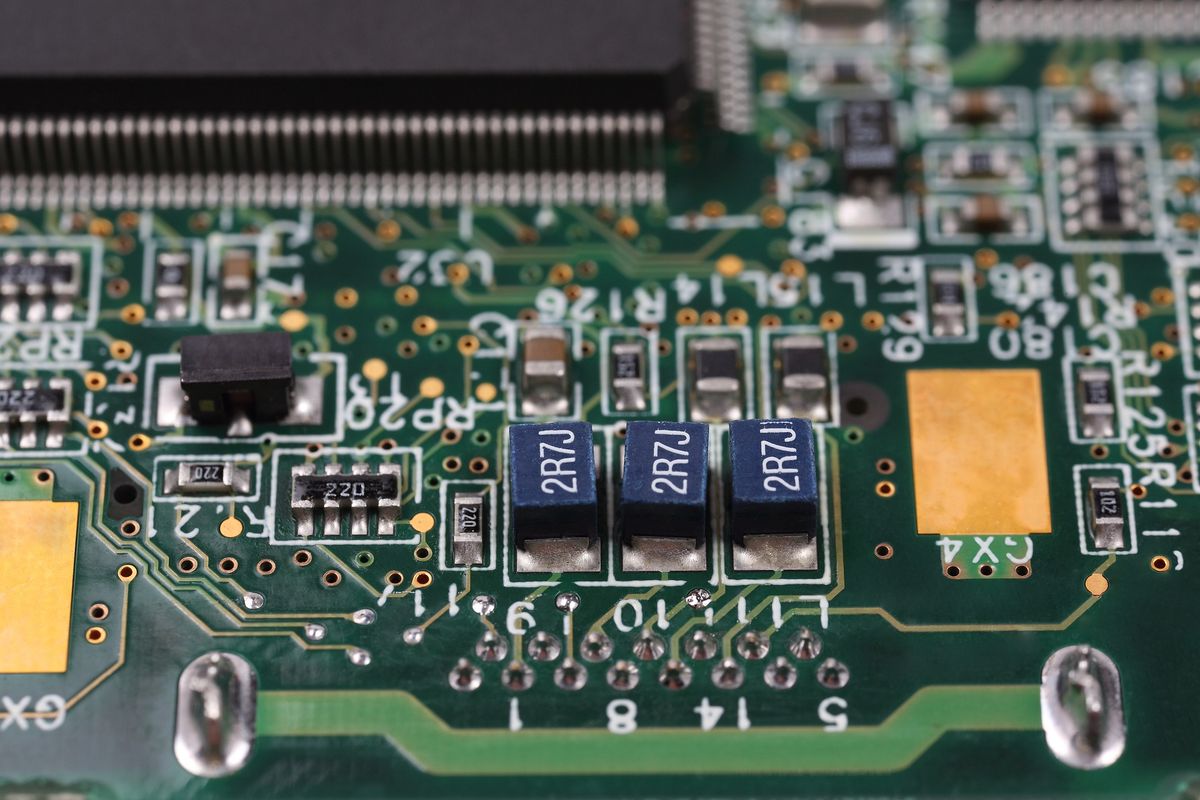Water Cooler: Demystify computers by learning about their basic parts

For generations that didn’t grow up with computers, they can often seem overwhelming to approach. But don’t be too intimidated. Even the generations that grew up with computers don’t always have much knowledge on how these machines work or what their various parts do. Here is a quick guide to help demystify the basic components and functions of a personal computer.
Although there are various types of computers made for commercial and other uses, what you likely think of as a “computer” is a personal computer, or PC, made for consumer use, such as a desktop or laptop.
All computers have hardware and software. Hardware is any component of a computer that has physical structure, such as internal parts or a keyboard. Software is a program with instructions that tells the hardware what to do in order to perform certain functions, such as editing a text document, sending an email or downloading a photo.
Most computers come with the same basic hardware. The computer case (sometimes referred to as the computer tower) contains all of the main components.
Computers have a central circuit board called a motherboard. In a way, the motherboard is like the computer’s circulatory system. It serves as a place to transfer power to and connect the computer’s components. Without the motherboard, nothing else would work.
A computer’s central processing unit, or CPU, acts as the brain. It processes the language of instructions received from programs, referred to as code. You have likely seen an Intel sticker on your computer. Intel is one of several central processing unit manufacturers. The central processing unit can fall under the umbrella of what is colloquially referred to as a “computer chip.” Every motherboard has a designated socket where the central processing unit fits right in.
The graphics processing units, GPU, is what facilitates the creation of images on a computer’s display. This makes it an important component for PC users who edit video, create graphics or play video games. Graphics processing units come with or are “integrated” into most computers’ central processing units. Consumers can also purchase a separate graphics card, or video card, which acts as an expansion to the computer’s ability to process images. It comes with a more powerful graphics processing unit and almost looks like a second, smaller motherboard.
Random access memory, or RAM, comes in thin sticks that plug into the motherboard and is an important factor in your PC’s overall performance. It provides running applications with a place to store and access data, working like short-term memory.
Larger amounts of RAM allow computers to multitask, such as keeping multiple internet browser tabs open while you open a document and stream music. The more RAM, the more your computer can do at once.
Storage comes in various forms, usually as a hard disk drive or HDD, or solid state drive or SSD. These are usually just referred to as the computer’s hard drive. Like long-term memory, it stores permanent data, such as text documents, photos, programs, files and the operating system. It is common to also have external hard drives that plug into a computer for extra storage.
The computer’s power supply unit, or PSU, is what transfers power from an outlet to the motherboard and other internal components. The various components of a power supply unit are housed in a metal frame with a fan attached to keep it cool during operation.
Of course, you can’t use a computer without external parts such as the monitor or screen, a keyboard and a mouse or trackpad on a laptop.
While computers may seem like hard-to-understand technological wizardry (and in a certain light they are), at the bottom line they are just machines made of various parts. Knowing what those parts are makes it much easier to understand how a computer works.